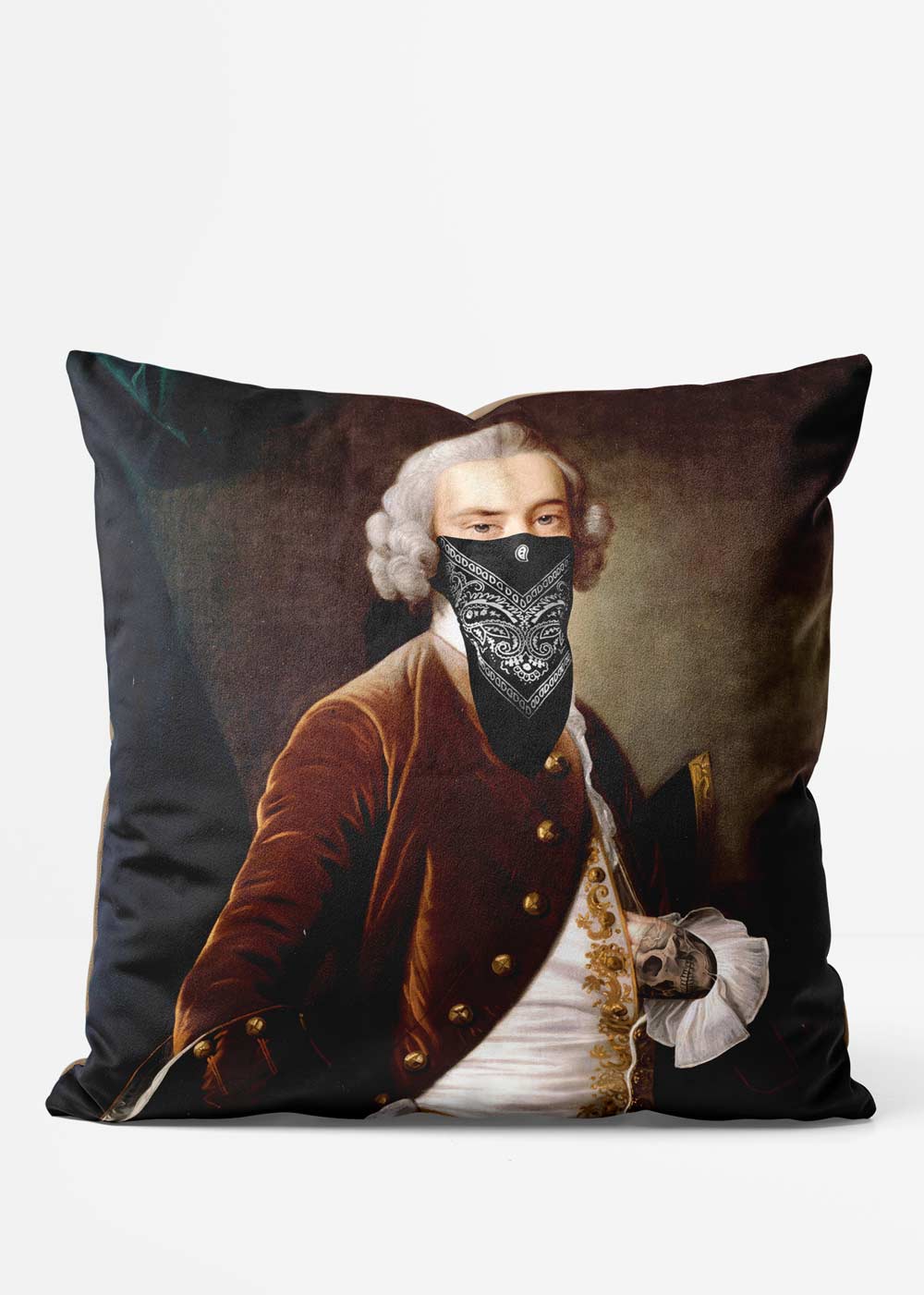Getting The Unique Art To Work
Getting The Unique Art To Work
Blog Article
A Biased View of Unique Art
Table of ContentsThe Best Strategy To Use For Unique ArtEverything about Unique ArtThe Only Guide to Unique Art3 Simple Techniques For Unique Art
While one might debate which art type holds priority, the truth stays that each of these 7 forms gives an unique window right into human background, culture, and development. They are the tapestries that chronicle our trip, reminding us of our past while inspiring visions for the future.Great artwork narrates, makes people look twice, and develops a distinct experience that can not be matched. Art and images communicate every one of that through color, shape and various other layout components. Learn exactly how to make your one-of-a-kind artwork stick out from the group.

8 TRIA GIOVANEqual components grand and laidback, this entrance hall made by Anthony Baratta is the perfect blueprint to adhere to if you're decorating an official entrance that still feels unfussy and comfortable. Formed textiles take center phase (see the carpetings and the sofa), yet they also help bring the high ceilings down to a human scale when hung over wallpaper.
The Ultimate Guide To Unique Art
18 Heidi Caillier DesignA gallery wall surface does not need to use up the entire room. Occasionally a little one can make a bigger style declaration. In this living-room, Hiedi Caillier selected micro-mini frames and a random composition. Advertisement - Continue Analysis Below19 Stephen Kent JohnsonDesigner Juan Carretero selected a deep environment-friendly paint shade to comparison with the light timber coatings.
The aspects of this languageits forms, lines, colours, tones, and texturesare used in various means to produce experiences of volume, area, motion, and light on a level surface. These elements are combined right into expressive patterns in order to stand for actual or supernatural sensations, to interpret a narrative style, or to develop wholly abstract visual connections.
Later the notion of the "great artist" created in Asia and Renaissance Europe. During the 19th century painters in Western cultures started to lose their social placement and secure patronage.
The 30-Second Trick For Unique Art
Others earned an income with exploring exhibits of their job. The demand to appeal to an industry had actually replaced the comparable (if much less impersonal) needs of patronage, and its result on the art itself was possibly similar. Typically, artists in the 20th century might get to an audience only with industrial galleries and public galleries, although their job might have been occasionally recreated in art regulars.

Do not copy the design of other artists if you're trying to discover your style. Copying other individuals's artwork can be great in educational purposes however it will certainly not make you closer to locating your very own unique design. Your imaginative style needs to be, what you such as and what influences you.
I would certainly consider your own style as a style you paint in naturally, when you allow go of all thoughts and regulations and just concentrate on painting, not considering it. Unique Art. The style has to come naturally to you when you are relaxed and you can't compel it or it will not be your own design, just someone else's
How Unique Art can Save You Time, Stress, and Money.

With time you'll have the ability to sort all of them right into your favorite and least favored classifications. Try to concentrate your interest on the subjects and mediums that you like and before you see it coming you'll have your own personal and special style, like no person else have! So in the long run you'll have a couple of preferred based on paint and maybe a few favorite tools.
The style needs to create itself gradually with a great deal of practice and experiments - Unique Art. Thank you for reading this post and if you have any helpful resources kind of questions leave them in the comments below, I 'd more than happy to address respond to these
Report this page